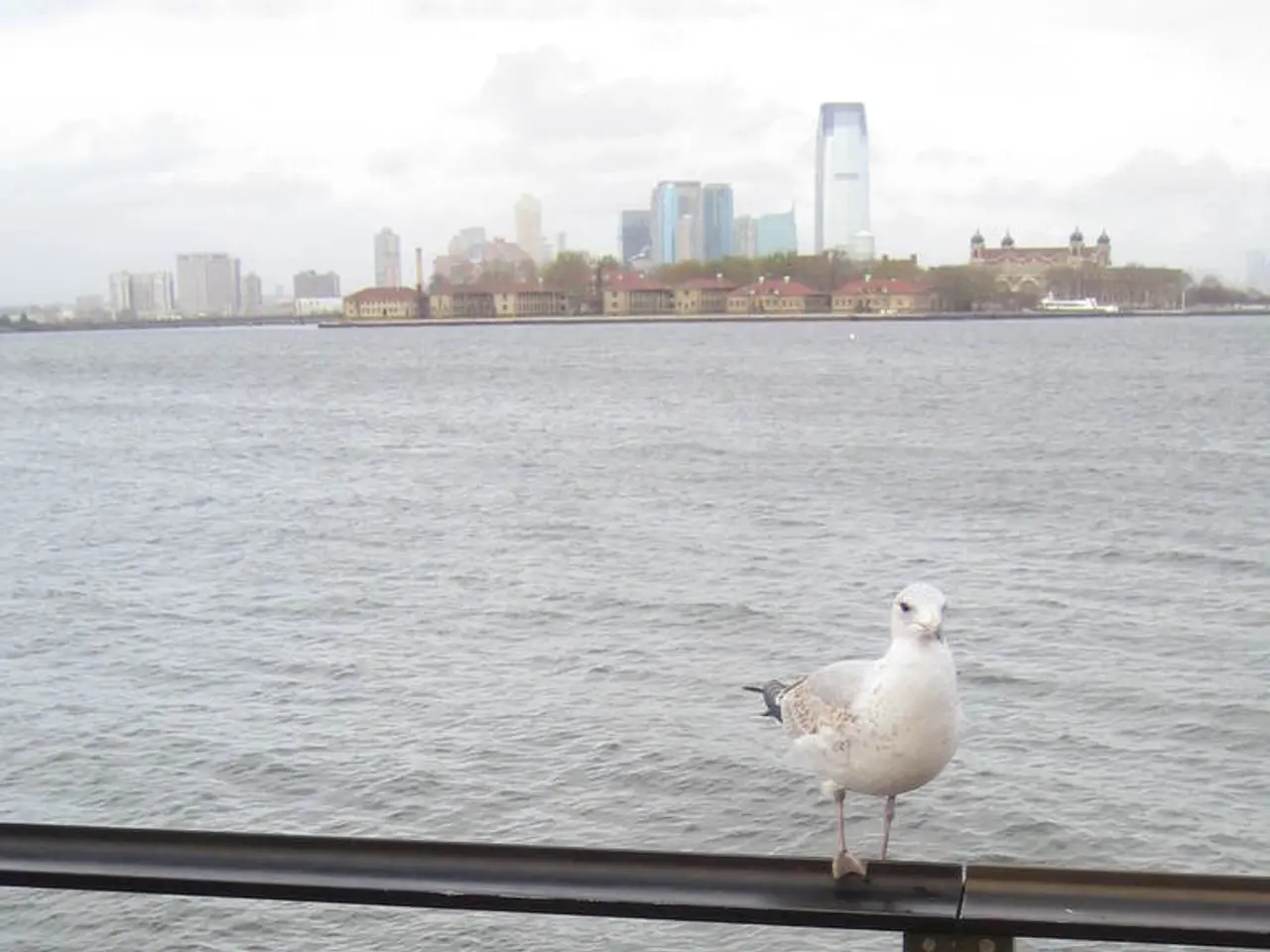COVID-19 origins conspiracies impeding progress towards preventing future pandememics
The scientific community's consensus on the origin of COVID-19 leans towards a natural zoonotic spillover, where the virus jumped from animals (most likely bats) to humans, possibly via an intermediate host. However, this consensus remains inconclusive due to limited access to definitive data, particularly from China [1][4][5].
The World Health Organization (WHO) expert group, after three years of investigation, has not ruled out the lab leak hypothesis but considers it highly speculative and lacking scientific backing due to the absence of direct evidence and insufficient data from Chinese sources [1][4][5].
The uncertainty surrounding the pandemic's origins has been significantly impacted by conspiracy theories and political agendas. Misinformation about the pandemic's origins has been spread by various actors, often to deflect blame, promote geopolitical interests, or sow distrust [2][4].
Initially, the lab leak theory was labeled misinformation and censored on social media, influenced by authoritative public health narratives. However, as more evidence emerged, the theory gained more consideration as plausible [2][4]. Political reports, such as those from some U.S. governmental sources, suggest the virus may have resulted from a lab accident or bioweapons research, but these views remain contested and are not fully corroborated by the broader scientific community [3].
Multiple independent data sources indicate that COVID-19 first spread in the district where the Huanan live-animal market is located [6][7]. Detailed analyses of epidemiological data show the earliest known COVID cases clustered around the Huanan market in Wuhan, in the Hubei province, in December 2019 [6][7].
In a 2022 study, environmental samples positive for SARS-CoV-2 clustered in the section of the market where wildlife was sold [8]. The wildlife trade and fur farming industry in China regularly move high-risk animals, frequently infected with viruses, into dense urban centres [9].
In a 2024 follow-up study, the same samples contained genetic material from susceptible animals - including raccoon dogs and civets - on cages, carts, and other surfaces used to hold and transport them [10]. Since then, the paper has become a focal point of conspiracy theories and political attacks.
Despite these ongoing debates, several reports and research papers have reached similar conclusions: COVID-19 most likely emerged from an infected animal at the Huanan market in Wuhan, and was not the result of a lab leak [11]. The genome of SARS-CoV-2 showed no signs of laboratory manipulation [12].
The Scientific Advisory Group for the Origins of Novel Pathogens (SAGO) published an assessment of the origins of COVID-19 in late June. The SAGO report concluded that a zoonotic origin with spillover from animals to humans is currently considered the best supported hypothesis for the origins of COVID-19 [13].
The authors of the Nature Medicine paper on the origins of SARS-CoV-2, published in 2020, concluded that the virus likely emerged through a natural spillover from animals [14]. These findings suggest that the Huanan market could have been the early epicentre of the COVID-19 pandemic.
In the five years since the Nature Medicine paper, a substantial body of new evidence has emerged that has deepened our understanding of how SARS-CoV-2 most likely emerged through a natural spillover [15]. The amplification of conspiracy theories about the origin of COVID-19 has promoted a dangerously flawed understanding of pandemic risk.
Speculation and conspiracy theories around the origin of COVID-19 have undermined trust in science. Some conspiracy theories claim senior officials pressured the authors of the Nature Medicine paper to promote the "preferred" hypothesis of a natural origin, while silencing the possibility of a lab leak. These narratives are false and ignore, dismiss, or misrepresent the extensive body of evidence on the origin of the pandemic.
In conclusion, while the exact origin of COVID-19 remains a topic of ongoing debate, the current scientific consensus favours a natural zoonotic spillover. The importance of transparency, rigorous independent investigations, and evidence-based decision-making cannot be overstated in addressing public health crises and preventing future pandemics.
News analysis has highlighted the ongoing debate regarding the origin of COVID-19, with the scientific community generally agreeing on a natural zoonotic spillover. However, the lab leak hypothesis, though not ruled out, lacks substantial evidence and is often entangled in conspiracy theories and politicization [1][4][5].
In the realm of education and self-development, understanding the origins of COVID-19 can provide valuable insights into general news, medical-conditions, and the importance of evidence-based decision-making in addressing public health crises [15]. Misinformation and political agendas have complicated this understanding, underscoring the necessity of transparency and rigorous independent investigations for preventing future pandemics.




